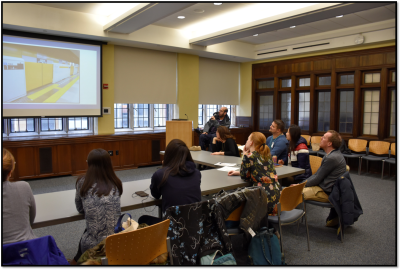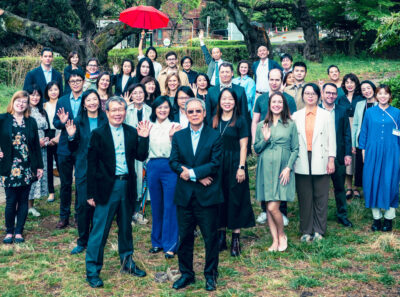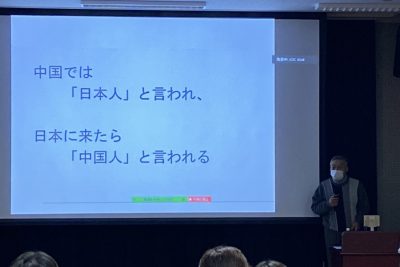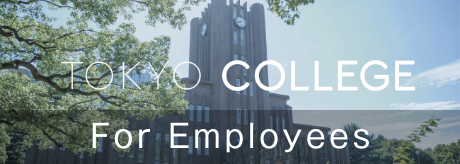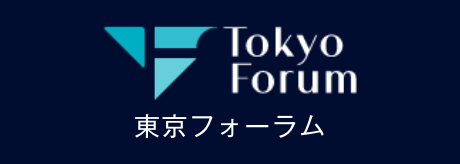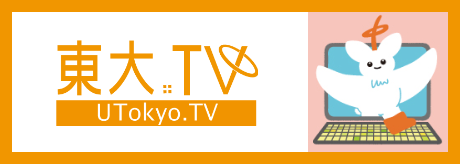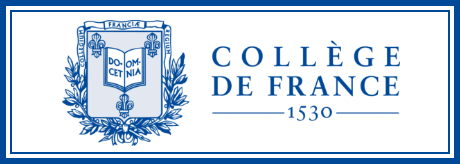Diversity Cultural Centers: On the Future of Inclusive Higher Education
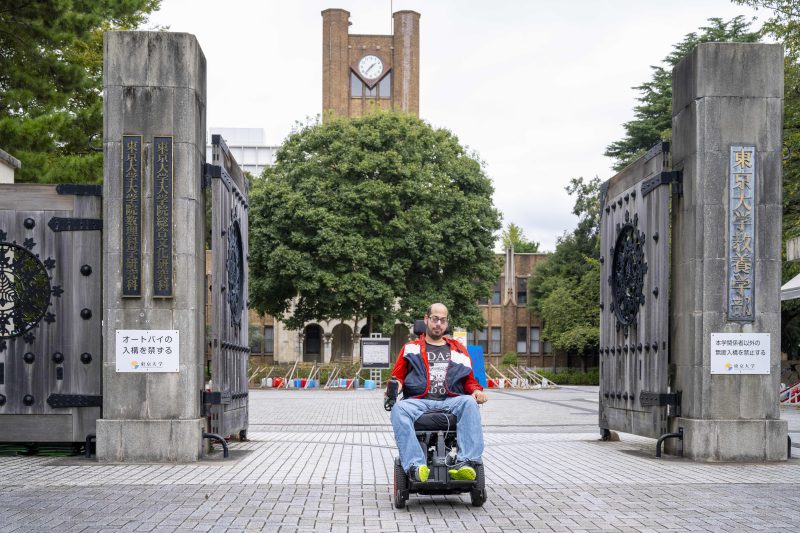
As both a historian of disability and an accessibility consultant living and working in Japan today, I am often asked my thoughts about the future of inclusive higher education. What can stakeholders in universities do to create welcoming campus environments in which everyone may participate? The question is of critical importance as diversification of academic spaces can lead to innovations in science and the humanities, as well as policy interventions that influence other sectors of society. Indeed, it is particularly relevant for Japan, where despite the recent enactment of the Law for the Elimination of Discrimination Against Persons with Disabilities (2016), only 1% of college-aged students identify as disabled according to the Japan Student Services Organization (JASSO, 2021). While I do not claim to have a one-size-fits-all ‘magic bullet’ that will solve the issue of inclusion, I am writing to propose a step in the right direction: the construction of diversity cultural centers. Diversity cultural centers provide a range of services that help connect interested parties with broad communities of academics and practitioners to identify and resolve barriers to accessibility in both built environments and education, employment, entertainment, and medical care settings. In the paragraphs that follow, I provide a sketch of some of those services in order to show how diversity cultural centers empower disabled people, as well as women, sexual minorities, and other vulnerable populations.
It is worth mentioning at the outset of this blog post that the organization and management of university-based diversity cultural centers differs greatly between institutions. This makes sense, as local communities have their own demographic makeups and historical equity issues to address. Furthermore, center administrators operate within specific social, political, and economic contexts, which often present physical and financial challenges, labor shortages, and other issues of scarcity. Accordingly, some elect to build singular centers (for example, at the Ohio State University), while others set up multiple facilities (e.g. University of Pennsylvania and University of Illinois, Chicago). Regardless as to whether a given diversity cultural center caters to one or many designated groups, coordination of supports across intersectional factors of identity is frequently a common feature. For example, a disability cultural center might emphasize the needs of impaired individuals but also collaborate with associations dedicated to other aspects of identity like gender, race, and class. Such collaborations fuel the development of highly customized services for targeted constituencies, which can be difficult to classify due to their sheer number, complexity, and degrees of specificity. Nevertheless, for the sake of this post, I will divide those services into five generalized categories: 1) academic events, 2) structured dialogues, 3) cultural activities, 4) outreach, and 5) consultations.
Many colleges and universities already have systems in place to provide the above services. Academic events are the lifeblood of many research institutions, consisting of teaching, lectures, presentations, and symposia on various topics, including those directly related to issues of diversity. Similarly, structured dialogues like town-hall meetings, public forums, and debates are a hallmark of contemporary higher education, as are cultural activities such as art exhibits and film screenings. Community outreach efforts ranging from volunteer civic engagement to corporate collaborations are celebrated in many academic circles, and consultations about university life, career guidance, health, and safety with relevant faculty and staff are now a cornerstone of the proverbial employment pipeline. If each of these services are already available, then why are diversity cultural centers necessary? The answer, I submit, comes down to a kind of “siloing” problem that reduces efficacy and increases costs.
Today, many colleges and universities in Japan (and elsewhere) are heavily decentralized. In theory, the targeted distribution of institutional resources to different sectors of campus should allow stakeholders to contribute in ways relevant to their areas of specialization while cutting costs. In practice, however, such departmental allocations reify divisions across disciplinary fault lines, and despite efforts to promote interdisciplinarity, facilitate breakdowns in communication. This troubling trend is clearly evidenced by current efforts to promote inclusive higher education. Organizers of academic events concerning gender, sexuality, and other aspects of identity often host programs divorced from more structured dialogues about problems affecting campus communities. Furthermore, coordinators of cultural activities to raise awareness about diversity issues frequently lack connections for outreach and engaging local businesses and alumni networks in resolving them. Of course, this is to say nothing of diversity-related consultations experts, who routinely struggle to keep track of the ever-evolving and increasingly diffuse list of services offered by the university. Such breakdowns in communication occasionally lead well-intentioned individuals to (re)produce ineffective and redundant services that create as many problems as they solve for diverse persons.
Diversity cultural centers can help to fix the siloing problem at colleges and universities by streamlining existing services and enabling new opportunities for collaboration and exchange. By offering a centralized hub for communication and coordination of diversity-related activities, they may cut costs and ensure that inclusion initiatives reach and benefit their intended audiences. Indeed, the construction of diversity cultural centers presents an important opportunity for diverse individuals themselves to become involved in the planning and implementation of such activities. No longer burdened by the physical and cognitive labor of having to navigate complex networks of services across campuses, such individuals might offer insights that transform academic fields of inquiry, as well as built environments, education, employment, entertainment, and medical care. By sharing wisdom obtained from lived experiences of overcoming different kinds of challenges with students, faculty, staff, alumni, local business owners, and other interested parties at the center, they might revolutionize how equity and access efforts are conceptualized for various populations. In fact, the collective reimagining by such stakeholders could even fuel projects with global resonances.
As I close this blog post about diversity cultural centers and the future of higher education, I would like to highlight the unique role of colleges and universities in shaping an inclusive society. The classroom is a privileged space where current and future experts from different disciplines can come together to tackle problems associated with diversity, equity, accessibility, and social justice. Few other venues would bring together groups of architects, engineers, educators, policy makers, government officials, activists, advocates, and other stakeholders, intentionally or unintentionally. Colleges and universities can leverage their position at the heart of society to create social change for women, children, old people, disabled persons, sexual minorities, and other vulnerable groups. But to ensure that social change is desirable, administrators within institutes of higher education must endeavor to streamline their services and partner with individuals from affected communities. To that end, I would like to recommend the creation of diversity cultural centers as a first step.
